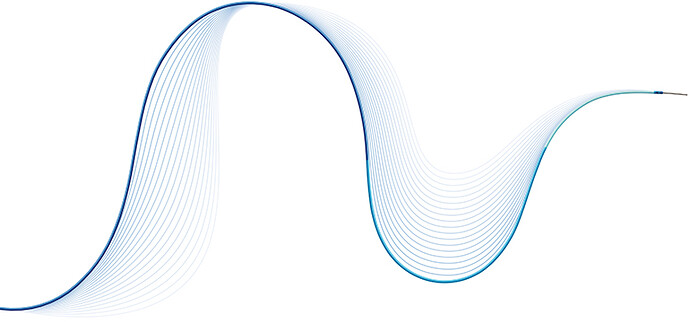Calcified and tortuous peripheral vasculature can be very difficult to get instruments into, even before therapy can be administered. BIOTRONIK is releasing a new device specifically designed for exchange and support of guidewires within the peripheral vessels, which the company claims will allow physicians to access sites that were otherwise exceedingly challenging.
The new Carnelian Support catheter is used to prevent buckling of guidewires, something that can occur inadvertently when the guidewire’s tip meets a highly calcified area. Being quite tiny (1.6 or 1.8 French at the tip), while having a tungsten braided shaft, allows the device to get into some of the narrowest vasculature safely. Platinum radiopaque markers let clinicians see the location of the catheter on the fluoroscope screen.
To help project force from the proximal end to the tip of the catheter, its structure is made to get slightly softer the closer to the tip it is. This lets the physician have more ability to push while reducing the potential of injury near the tip.
“I was impressed by the Carnelian Support and Japanese crossing technique that enable the treatment of very complex lesions, as I recently had a chance to demonstrate in live cases at CLIC 2019,” said Dr. Marco Manzi, Policlinico Abano Terme, Italy, a published statement. “The Carnelian Support catheter is the right tool to tackle the most challenging crossings even in below-the-ankle (BTA) arteries.”
